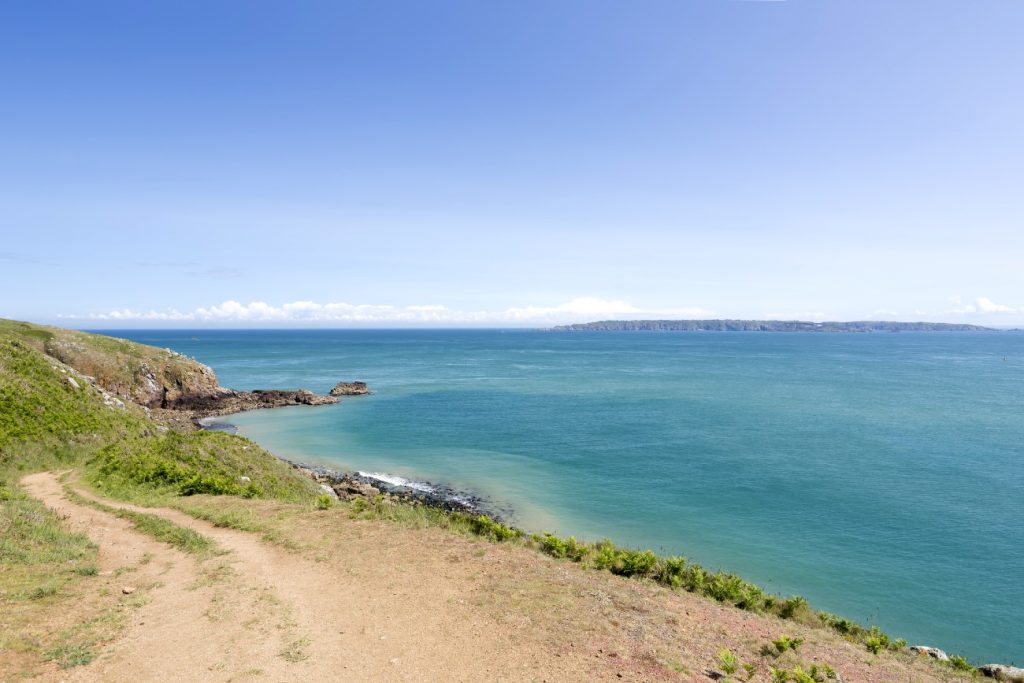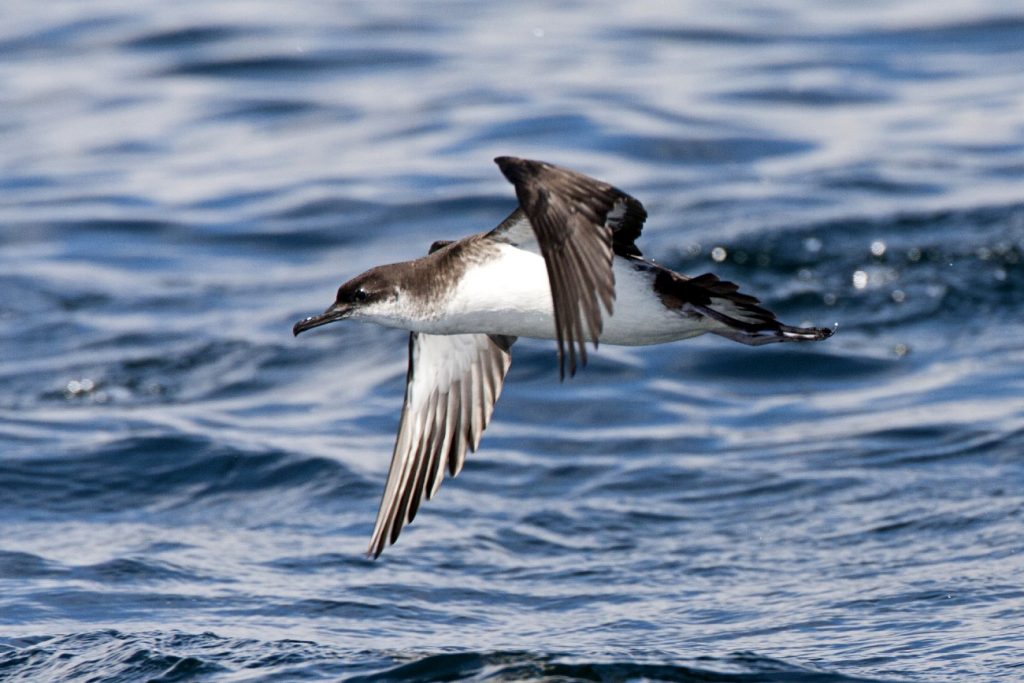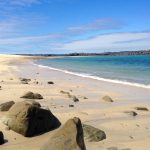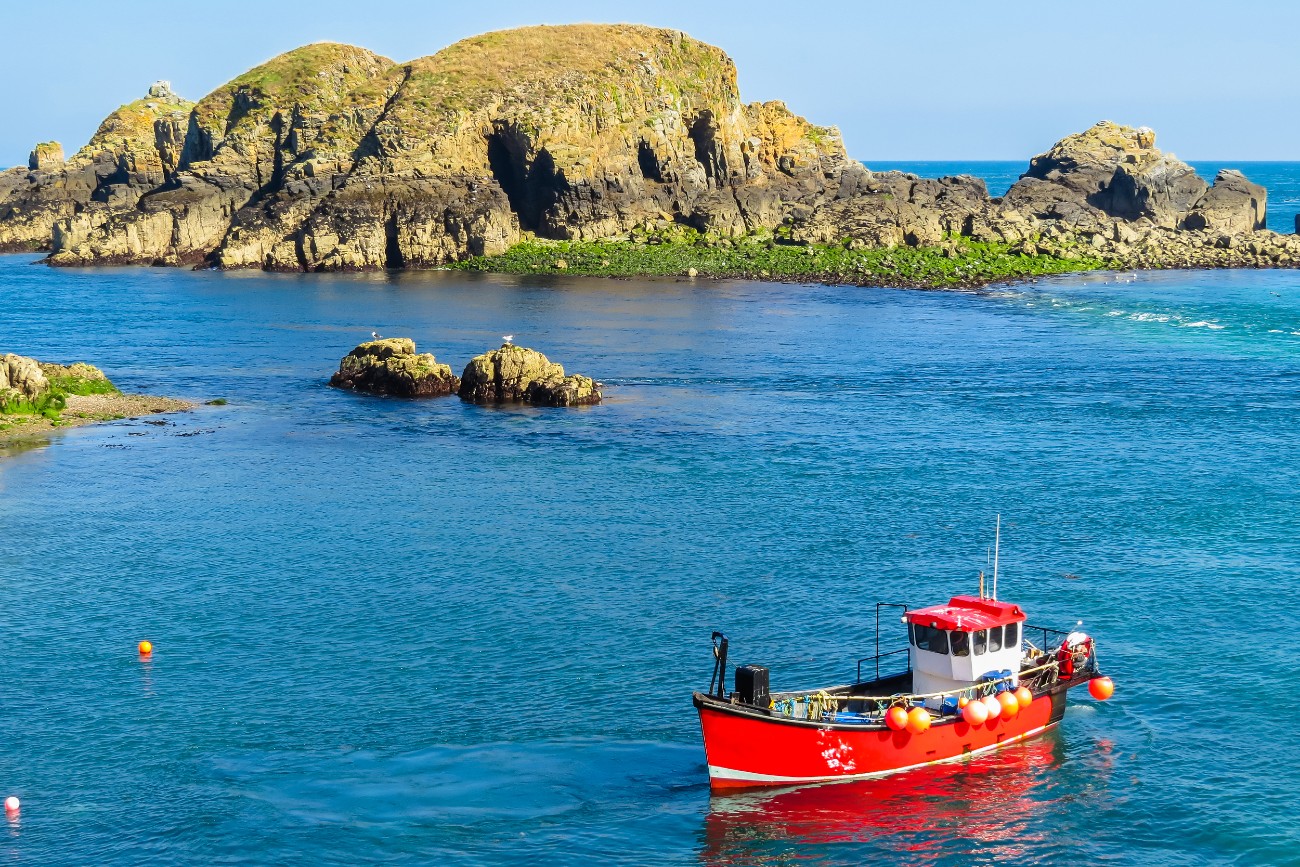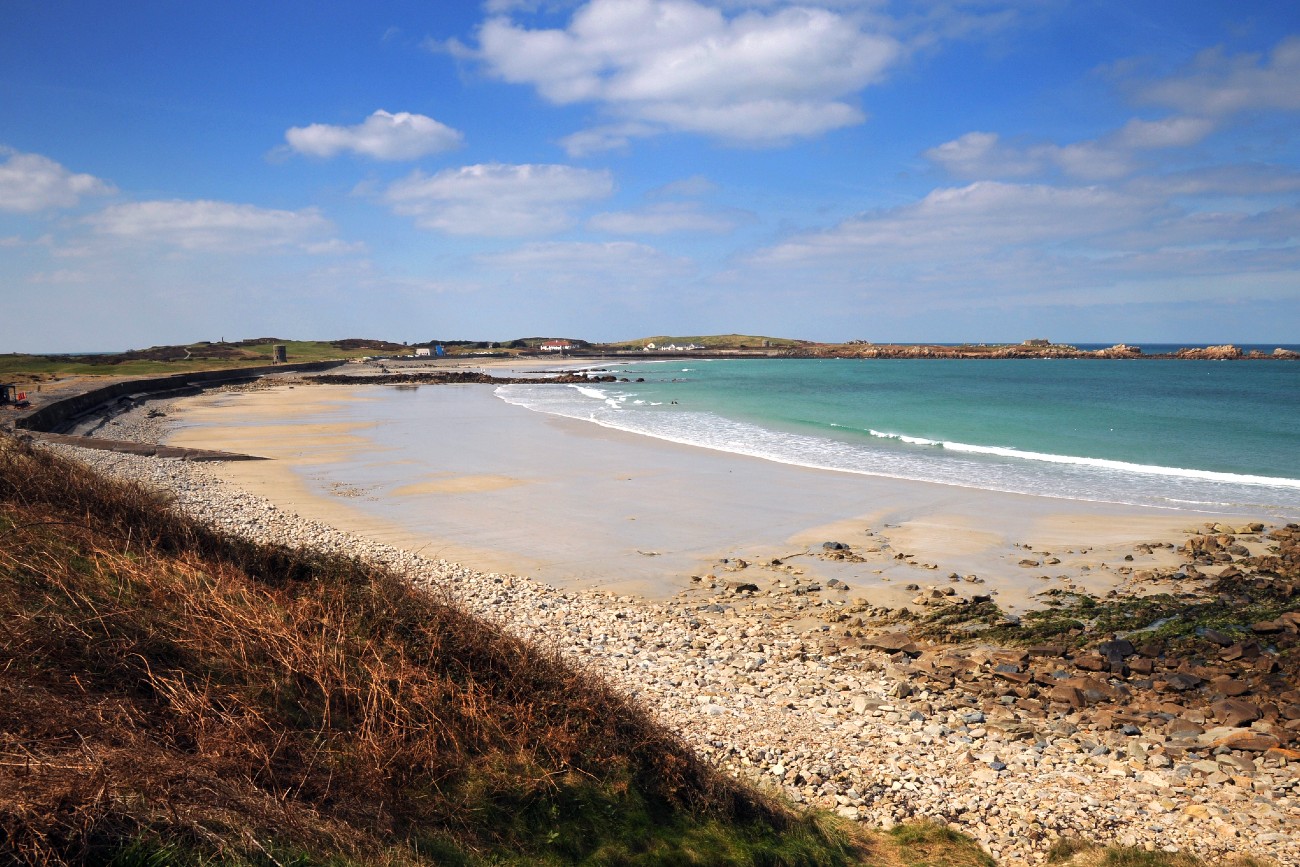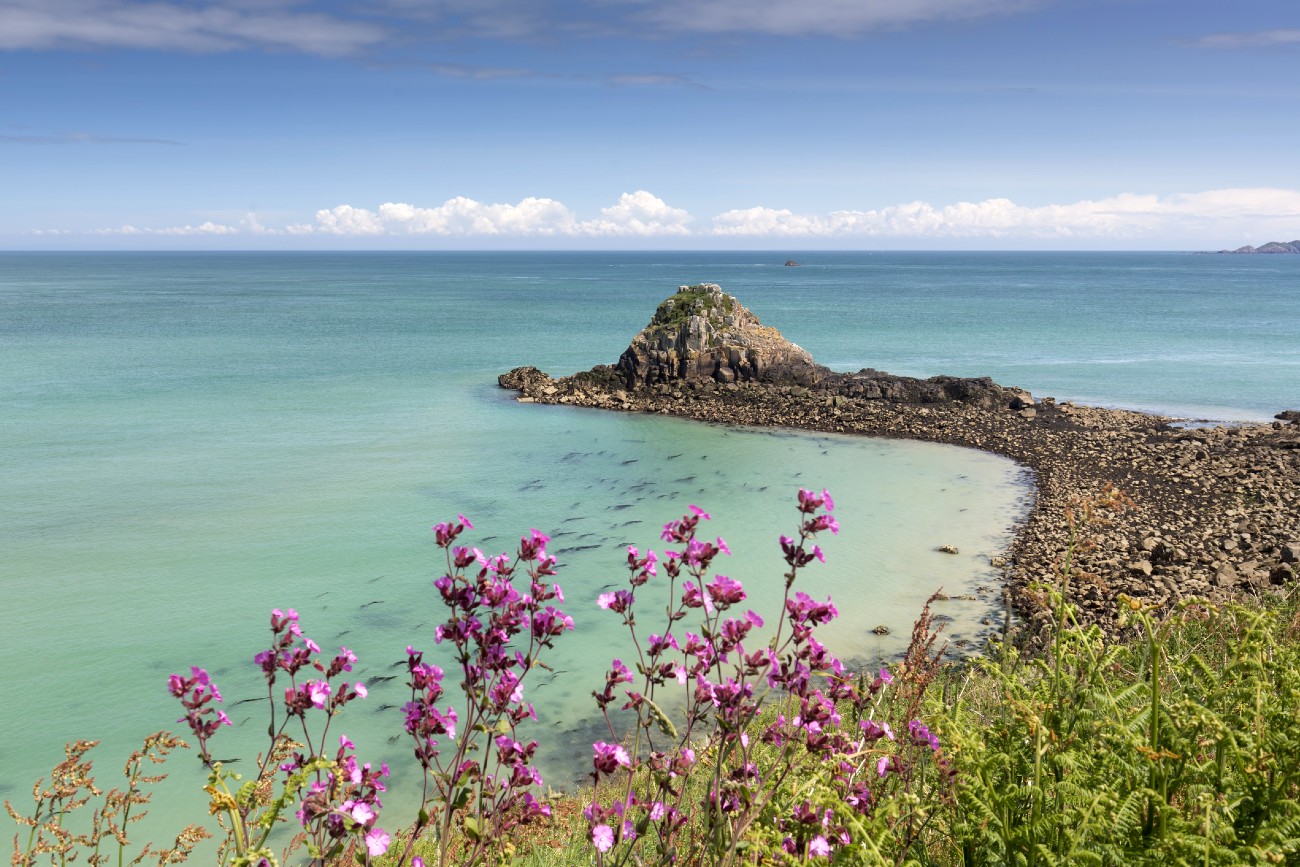
The Herm is truly a Caribbean of the Channel Islands.
White, sandy beaches, warm weather and crystal clear seas are just some of the things we think of when imagining paradise. Often, the Caribbean might be one of the first places to spring to mind in this regard, but the small island of Herm in the Channel Islands is one which can confidently throw its hat into the ring as a contender. The island’s beaches are without a doubt some of the best in the region and people come from all over the Channel Islands and beyond to enjoy the idyllic lifestyle Herm has to offer.
Herm covers an area of about 2 square kilometres and lies just to the east of Guernsey, of which Herm is administered by. Almost half of the island’s coastline is made up of sandy beaches and this is by far the biggest draw for visitors. Shell Beach in particular is a popular destination, comprising three quarters of a mile of golden sand which stretches right around the north-eastern coast. The beach is great for swimming, with the waters being shallow and clear enough to see small fish swimming beneath.
As the name suggests, there are millions of shells to be found among the sand, having been washed in on the tides. The beach tends to get quite busy during the summer, but the area of sand in the far north near Oyster Point is wonderfully secluded and always has enough space to go around.
While Shell Beach is the most popular, the sands at Belvoir Bay on the east coast of Herm are another great place to enjoy a day out. It’s probably one of my most favourite beaches on the Channel Islands. An added bonus of this beach is that the path leading to it winds along the headland and often rewards you with scenic views out towards the islands of Sark and Jethou.
South Herm and Jethou
The beaches of Herm are all found in the northern half of the island, while the southern parts are rockier and provide some interesting coastline for walking. It’s worth mentioning that this is the only form of transport available on Herm, as cars and bicycles are banned in order to keep the island as peaceful as possible.
Luckily, as it’s such a small place, it’s very easy to walk around the entirety of Herm in just a few hours. Spine Lane forms the main thoroughfare on the island – running north to south – and is a charming path lined with leafy vegetation. If you take a stroll along here on a warm summer afternoon, you’re almost guaranteed to be joined by hundreds of colourful butterflies and agile swallows swooping overhead.
Spine Lane ends at the tranquil Seagull campsite, but it stems a footpath which follows the southern coastline right around to the hotel and restaurants in the west. The south coast is an area of sea cliffs and grassy headlands, and it offers the best views of Herm’s neighbouring island – Jethou. Jethou is recognised as an area of international environmental importance and many puffins can be seen swimming off the rocks during the springtime. Some of them venture close to Herm as well and it’s always wise to keep an eye out for them bobbing in the water.
The southern cliffs provide a perfect vantage point over the ocean and there are often sightings of Minke Whales, Harbour Porpoises and several dolphin species.
Alongside the Puffins, seabirds such as Turnstones are also common and even if you’re not lucky enough to spot any wildlife, the wildflowers growing on the cliffs can make for glorious sights.
- Beaches of Herm, Channel Islands
- Manx Shearwater, Channel Islands
Haunting Calls
If you’re visiting Herm, one animal to look out for in particular is the Manx Shearwater. Being a true bird of the sea, these animals make an incredibly long migration from South America to nest on islands around the British coast during summer. Manx Shearwaters are very shy birds and they prefer to breed on uninhabited islands. For this reason, the island of Jethou is a perfect spot for them and a handful of breeding pairs nest here every year.
The species is more often heard than seen. The birds engage in a behaviour known as rafting, where they gather on the water close to shore overnight. While doing so, they often emit a range of unusual sounds that have been compared to screams, howls or wails. These ghostly calls travel far across the water and have led in the past to Manx Shearwaters being associated with the supernatural.
Being superb fliers, the birds are not very adept on land and appear quite clumsy, often shuffling along the ground instead of walking. For this reason, Manx Shearwaters are very vulnerable to predators and they choose to nest in underground burrows to avoid being found. If you happen to be on Herm on a summer night, have a listen – you might just hear their eerie cries.
As the smallest inhabited Channel Island, Herm can often be overshadowed by its larger neighbours. But as any visitor is likely to tell you, its fantastic beaches and beautiful scenery more than make up for its size.
Would you like to explore everything else this small island has to offer? Then don’t miss the article: An Outdoor’s Lovers Guide To Adventures In The Island Of Herm


